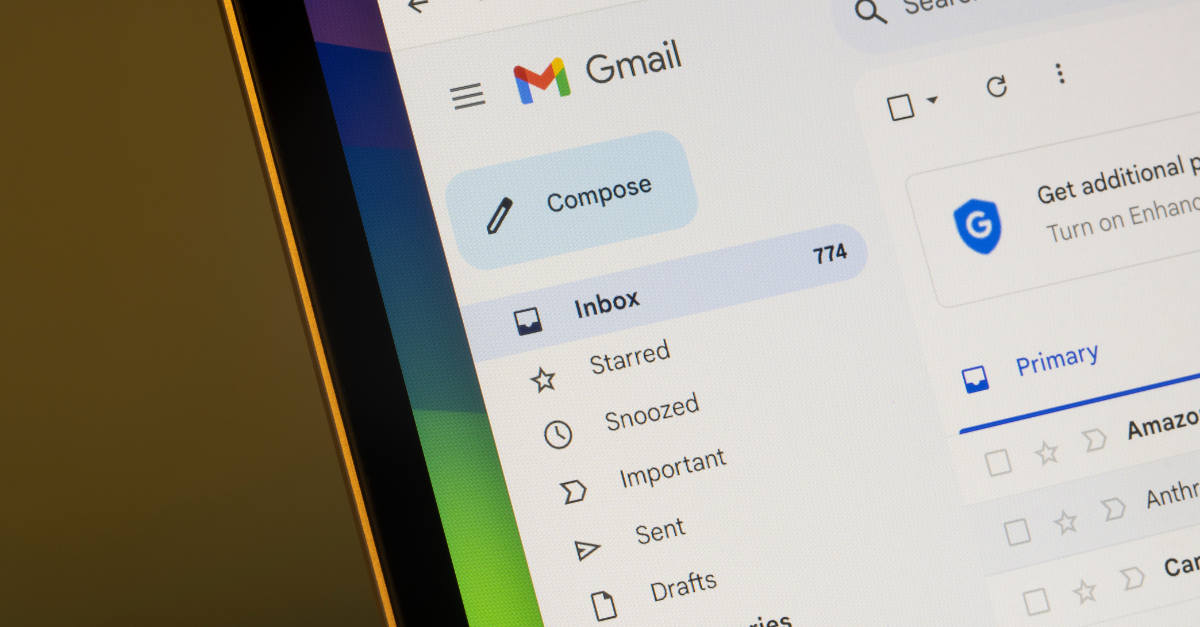Marketing departments within healthcare organizations face a unique challenge: balancing the need for personalized communication without running afoul of HIPAA guidelines. Often, the challenge isn’t one of not having enough information, but one of too much – most of which you shouldn’t use. The following is a quick guide to help you organize your email strategy so that it is effective and compliant with HIPAA requirements.
The good news for marketers using the emfluence Marketing Platform is that our software is HIPAA compliant. That means we adhere to a strict set of policies and procedures to ensure data is secure and encrypted. However, it doesn’t mean that anything sent through the platform is compliant. Your marketing content must still abide by HIPAA guidelines.
How Does the HHS Define Marketing?
The Health and Human Services website does offer some guidance about what constitutes marketing, available by download here:
The Privacy Rule defines “marketing” as making “a communication about a product or service that encourages recipients of the communication to purchase or use the product or service.” Generally, if the communication is “marketing,” then the communication can occur only if the covered entity first obtains an individual’s “authorization.”
Not very helpful, is it? Following are more accessible guidelines for making sure your marketing stays on the right side of compliance.
Ask first. If you don’t already have one, create or update existing patient forms that allow a patient to acknowledge that they want to receive marketing information. Forms usually have one section acknowledging communication methods for patient information. The marketing section must be clear and separate.
Use a double opt-in. We recommend this for all marketing, and we strongly recommend double opt-in for healthcare organizations. Before sending any marketing communications, send an email asking the recipient to confirm that they want to receive marketing emails.
Use a preference center. Allow your audience to select the type of information they receive. To stay within HIPAA guidelines, we recommend broad categories for content, such as Parenting; Men’s or Women’s Health; or Community Awareness / Education. We do not recommend including areas of specialty in the preference center.
How personal is personal? Emails personalized with relevant content consistently garner higher engagement rates. As marketers, we are strong advocates for personalization. In HIPAA environments, though, you are more limited in scope. Ask yourself: If someone other than the recipient read this email, would they have insights into the recipient’s health record or medical condition?
Pass minimal data. When selecting data to pass to your automation platform, send only what is necessary for segmentation. The less data passed, the better.
Be mindful of calls to action. Don’t allow even well-intentioned recipients to assume that their own email correspondence is protected. Invite them to schedule an appointment with their healthcare provider or to log in to their Patient Portal.
Get approval. Your compliance team is not Sales Prevention. Fines for HIPAA violations can be severe. It’s important to get approval before sending.
Staying on the right side of HIPAA does require vigilance, but having solid opt-in policies, broad segmentation and attentiveness to data will help you stay on the right side of compliance.
Have additional questions about HIPAA and digital marketing? Send them our way at expert@emfluence.com or use the contact form below.



